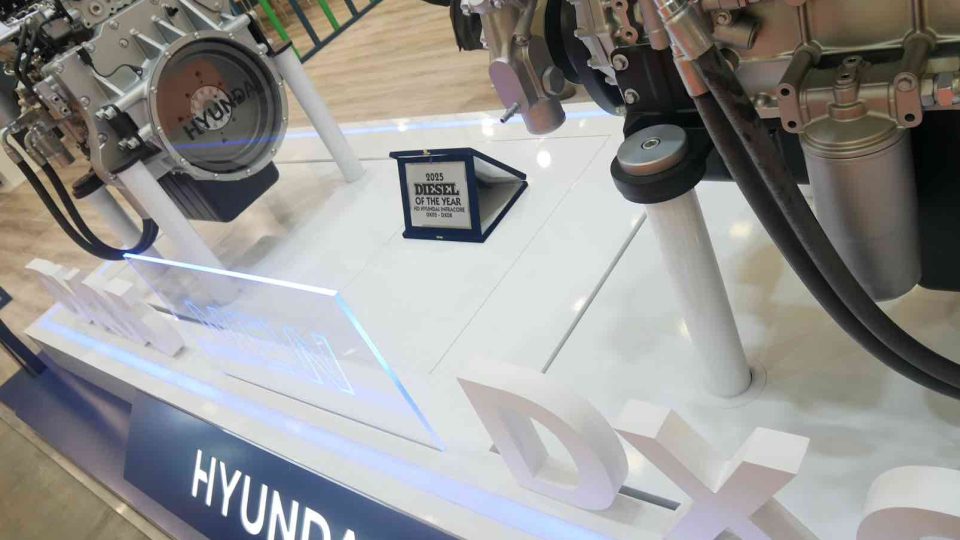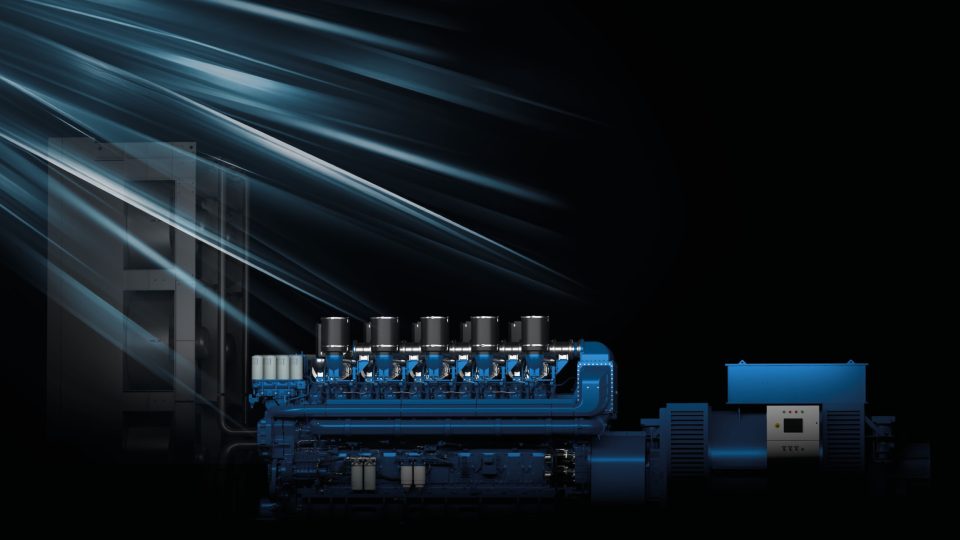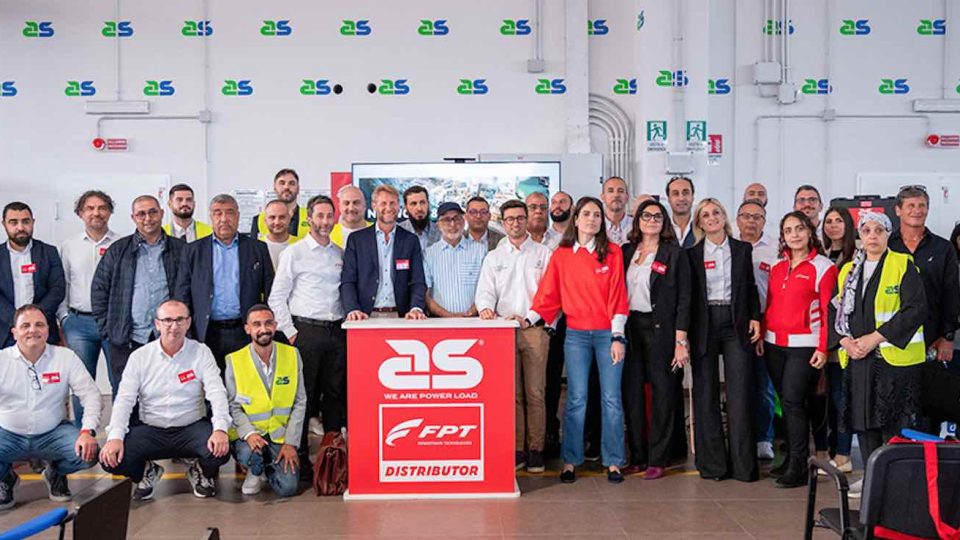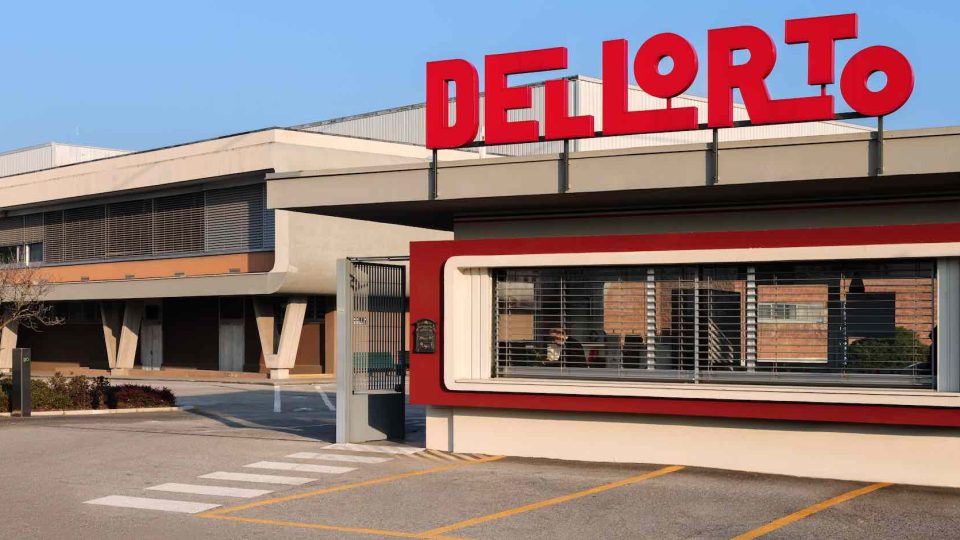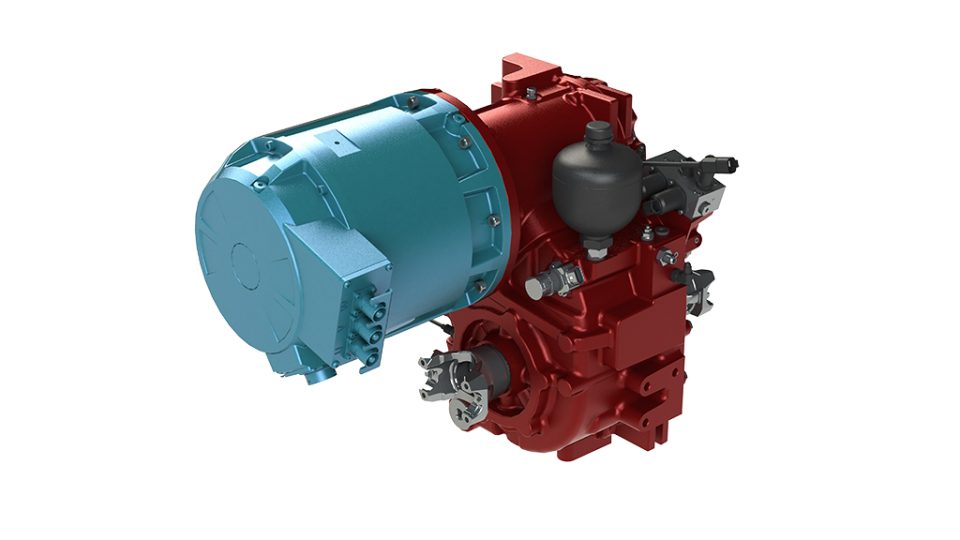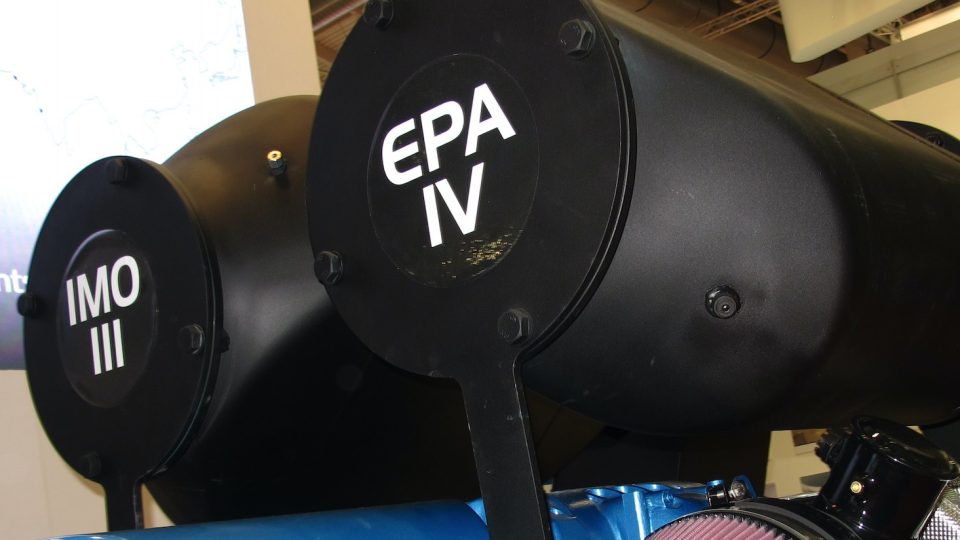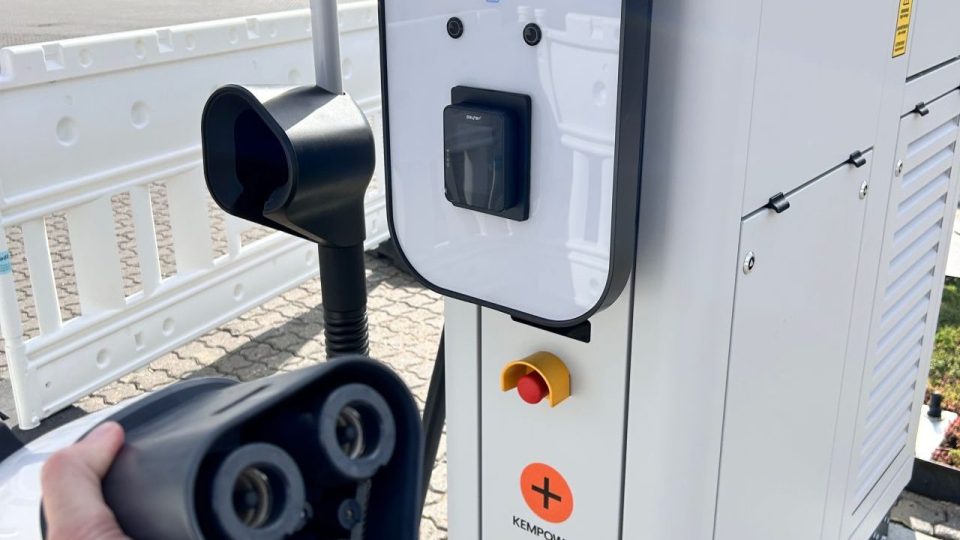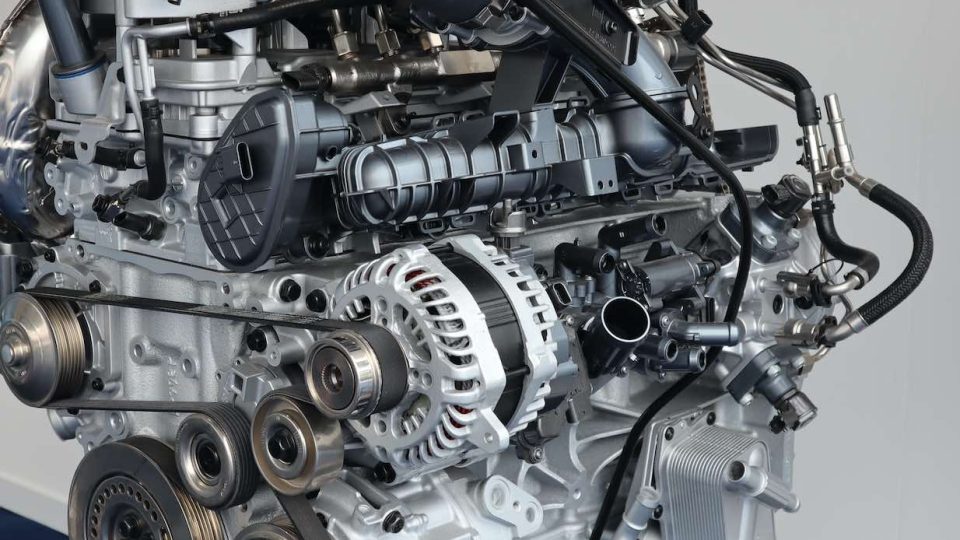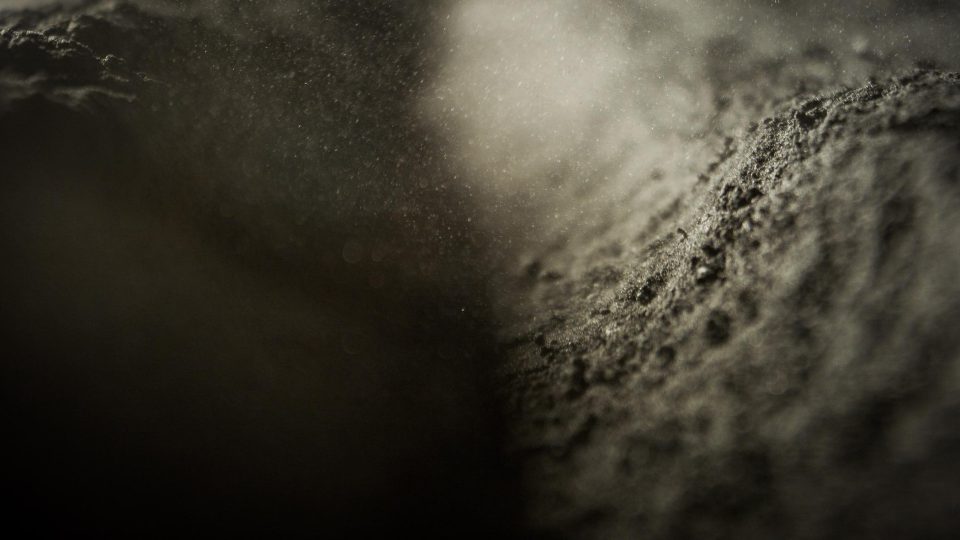Wärtsilä fights pollution with both BEV and ammonia
Wärtsilä powered the first USA BEV ferry and continue to believe also in ammonia engines
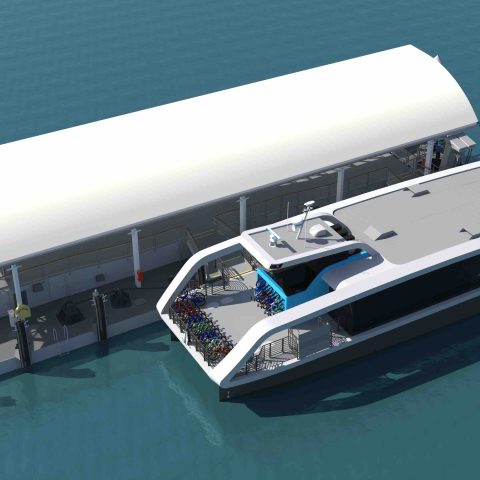
Wärtsilä will supply the BEV system for three fully battery-electric, high-speed ferries that will operate in the San Francisco Bay area. The zero-emission vessels will be the first full electric high-speed ferries to operate and be built in the USA. The Finnish company provides the whole system, including the energy and power management system (EPMS), the integrated automation system (IAS), batteries, DC Hub, transformers, E-Motors, and the shore power supply. The order with Wärtsilä has been placed by the shipyard All American Marine (AAM), on behalf of San Francisco Bay Ferry, California’s largest public ferry operator.
Three BEV ferries by Wärtsilä
The three zero-emission vessels will be the first delivered as a part of San Francisco Bay Ferry’s Rapid Electric Emission Free (REEF) Ferry Program, a transformative suite of projects to transition the agency’s fleet to zero-emission propulsion technology. They will operate on new routes that connect two of San Francisco’s fastest growing neighbourhoods, Treasure Island and Mission Bay, to SF Bay Ferry’s Downtown S.F. ferry hub. Wärtsilä will work within the REEF project team to finalize the vessel and charging system concepts. “These 150-passenger ferries represent a transformative step forward in sustainable and innovative marine transportation. They showcase AAM’s unwavering commitment to innovation, delivering cutting-edge, emission-free solutions. As we look to the future of this project, we are relying upon Wärtsilä’s advanced technologies and extensive expertise to continue driving the success of this pioneering project,” stated Ron Wille, President, All American Marine Inc.
And the 4-stroke ammonia engine which reduced GHG emission by up to 90%
The latest results of the ammonia tests, assessed against the FuelEU Maritime reference and measured on both a Well-to-Wake and Tank-to-Wake basis, show that a 95% ammonia energy share now achieves up to a 90% reduction in greenhouse gas emissions compared to equivalent diesel engines. This represents a further 18% improvement on the solution’s emissions performance.
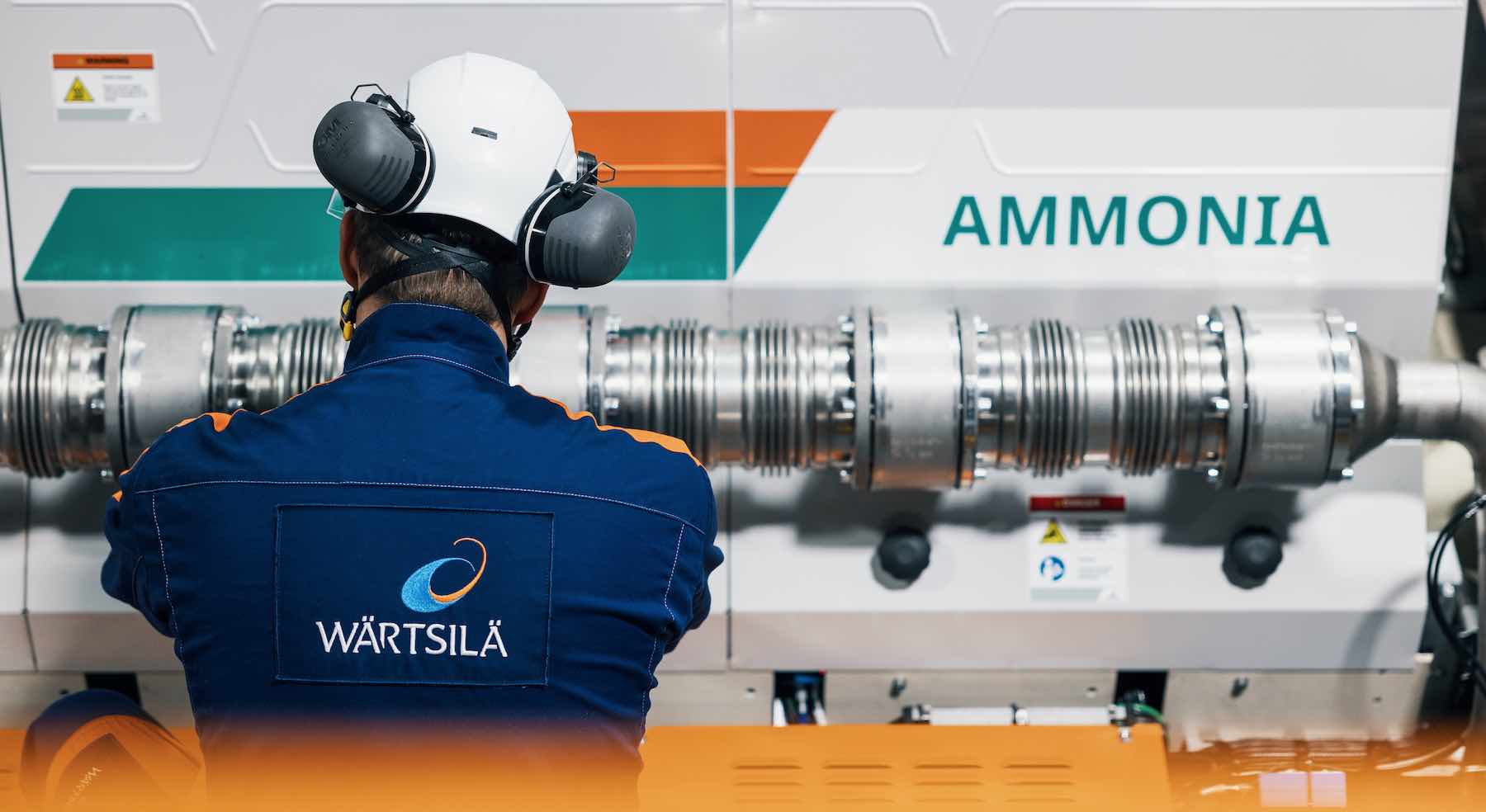
The Wärtsilä 25 ammonia engine, which is available as part of the Wärtsilä 25 engine platform, was developed based on the company’s vast safety and operational experience gained from low pressure dual-fuel (DF) engines running on LNG. The recent tests have shown ammonia to be a suitable fuel for the low-pressure Otto cycle concept which is the design that Wärtsilä has utilised for its ammonia engine solution. The decision to opt for a low-pressure Otto cycle concept was based on several factors, including safety, efficiency and overall potential for greenhouse gas reduction, among several other parameters. The enhancements made to the Wärtsilä 25 ammonia engine’s performance benefit the entire ammonia solution, which comprises of an AmmoniaPac fuel gas supply system, the Wärtsilä Ammonia Release Mitigation System (WARMS), and the Wärtsilä NOx Reducer (NOR) for optimal exhaust after-treatment.

